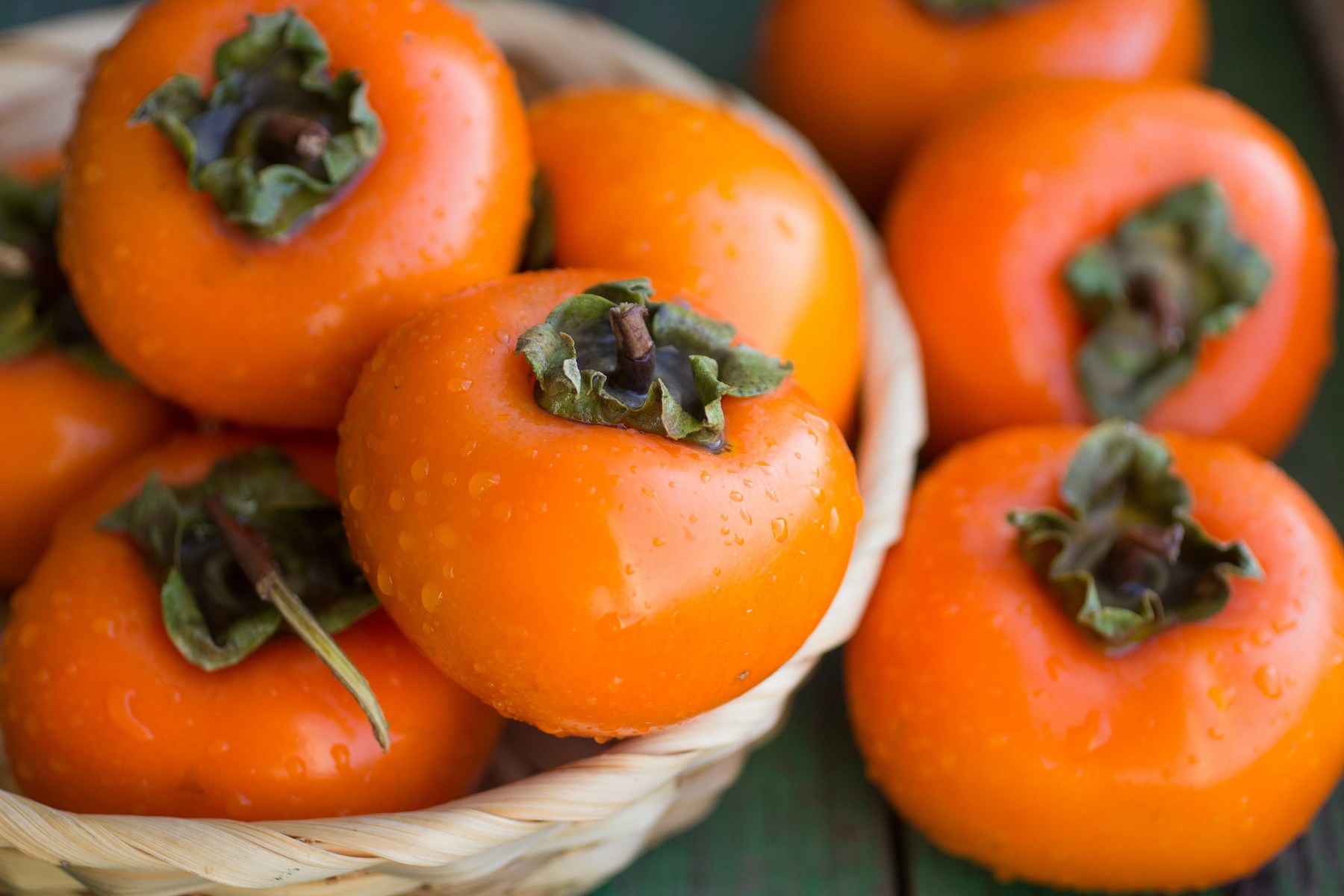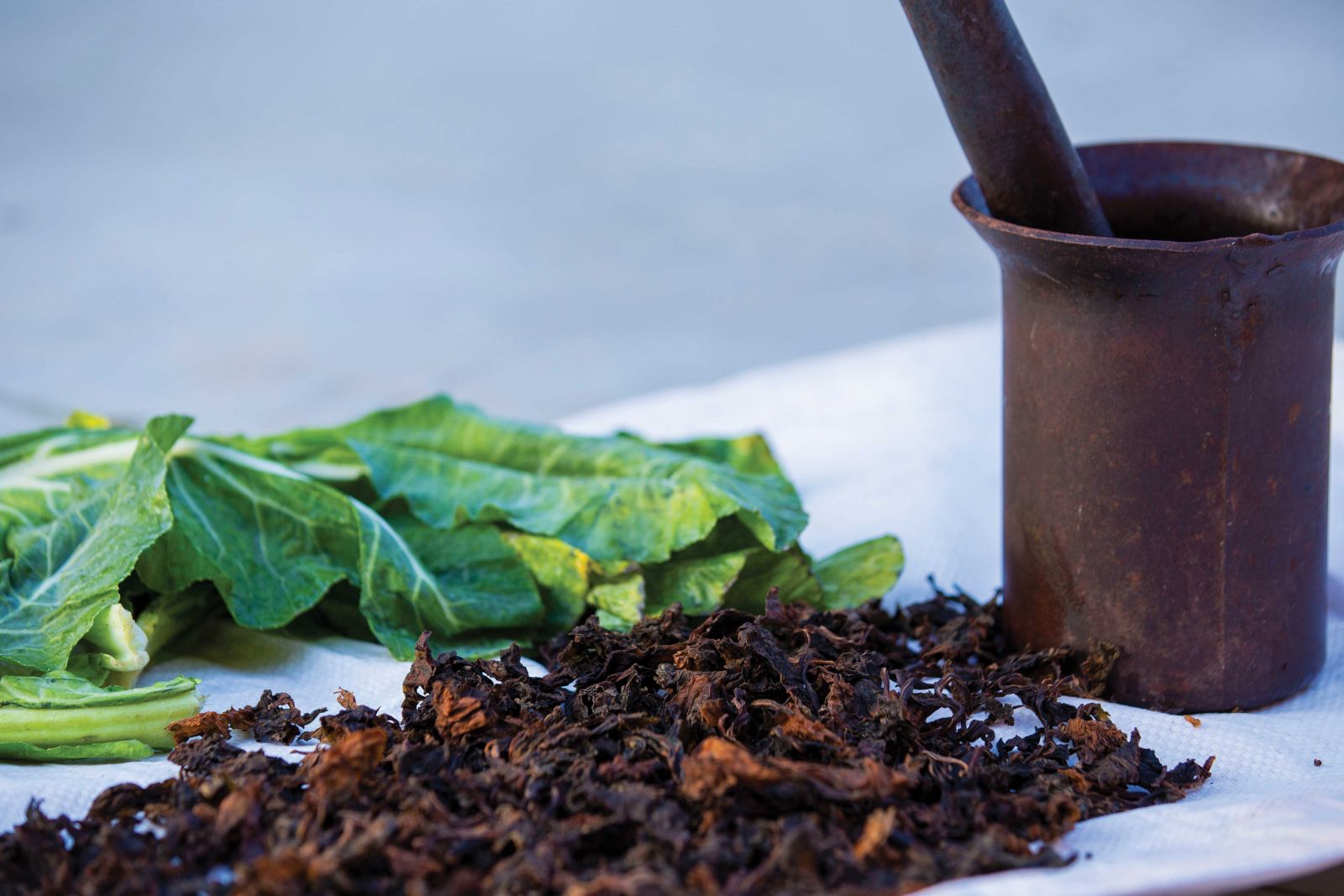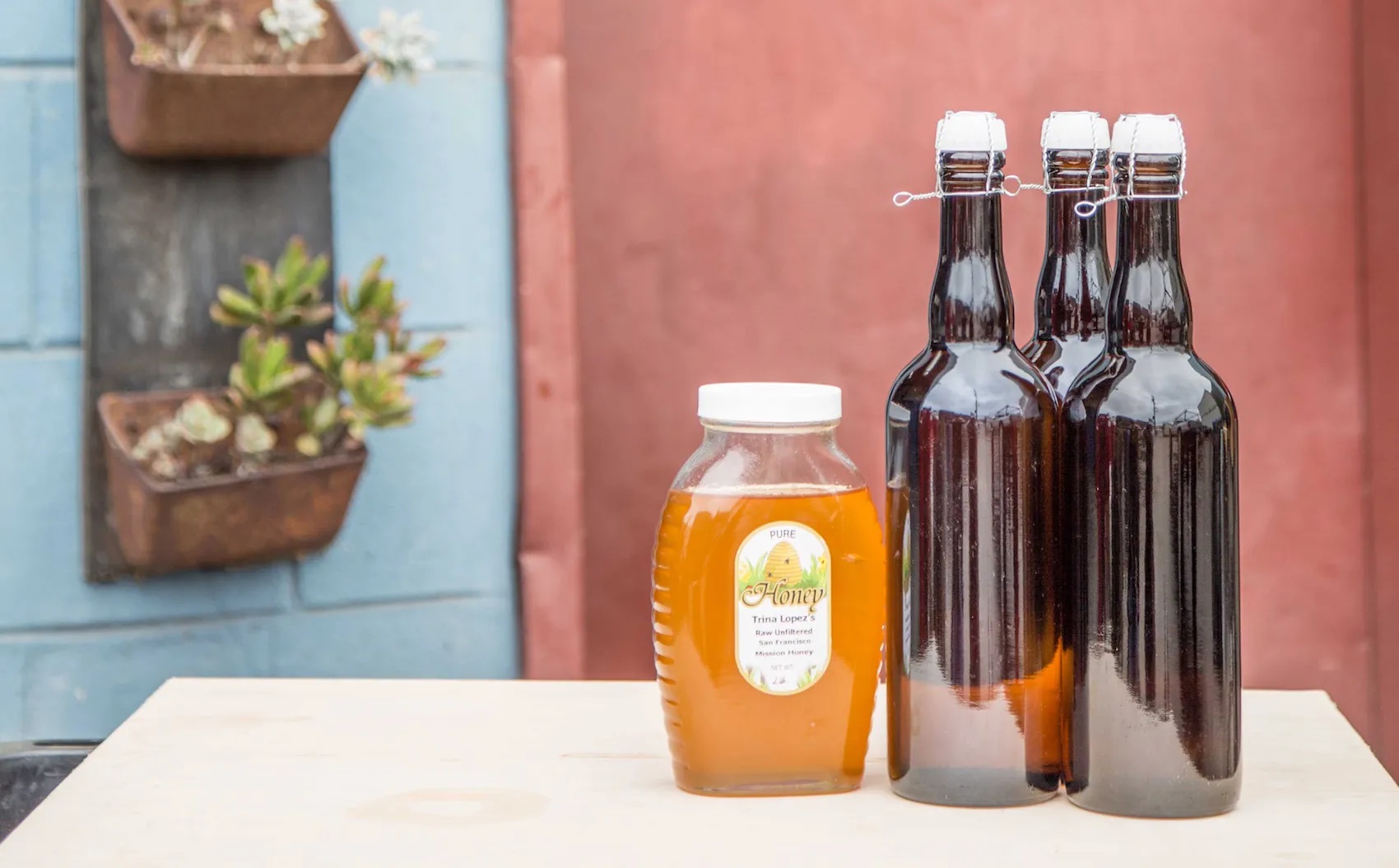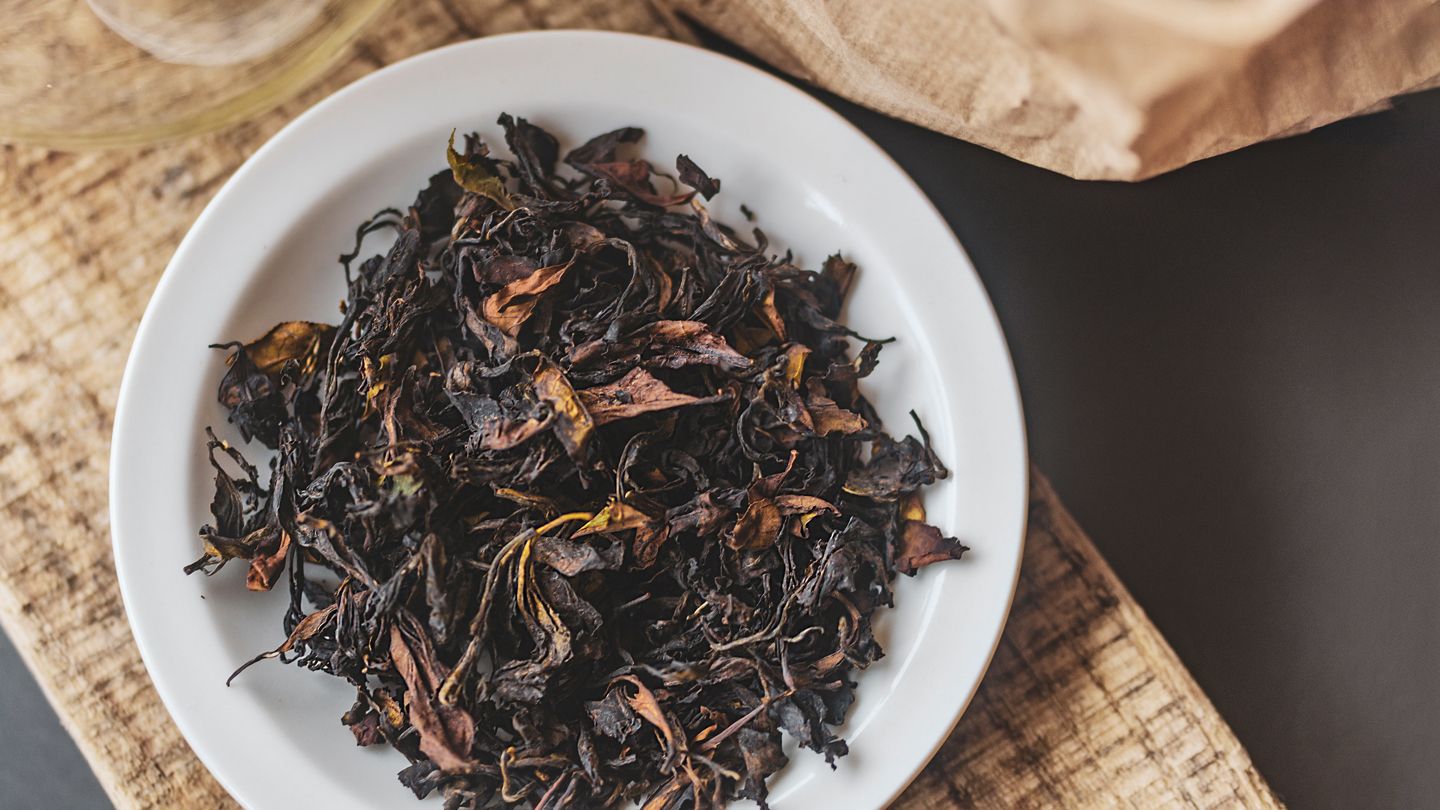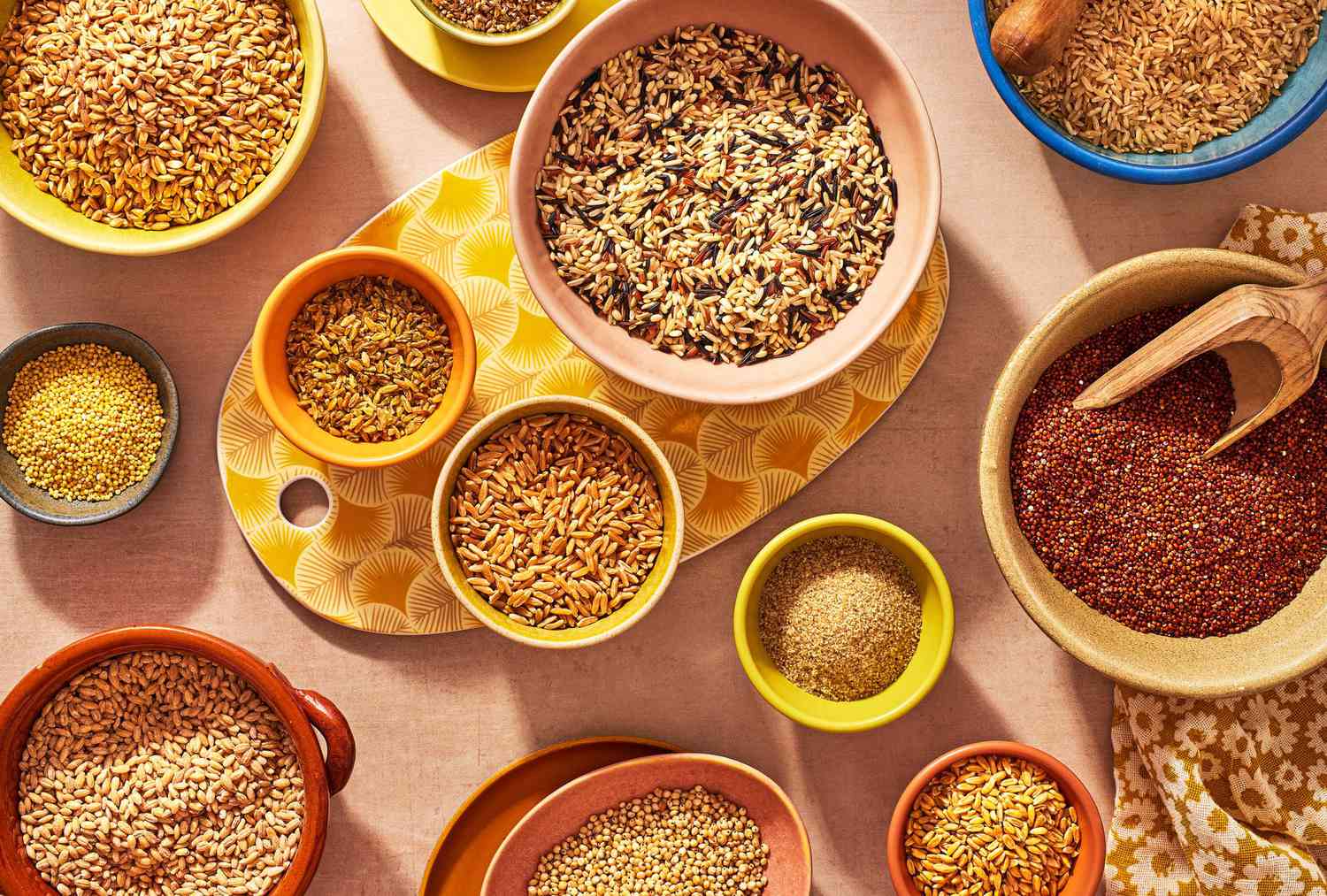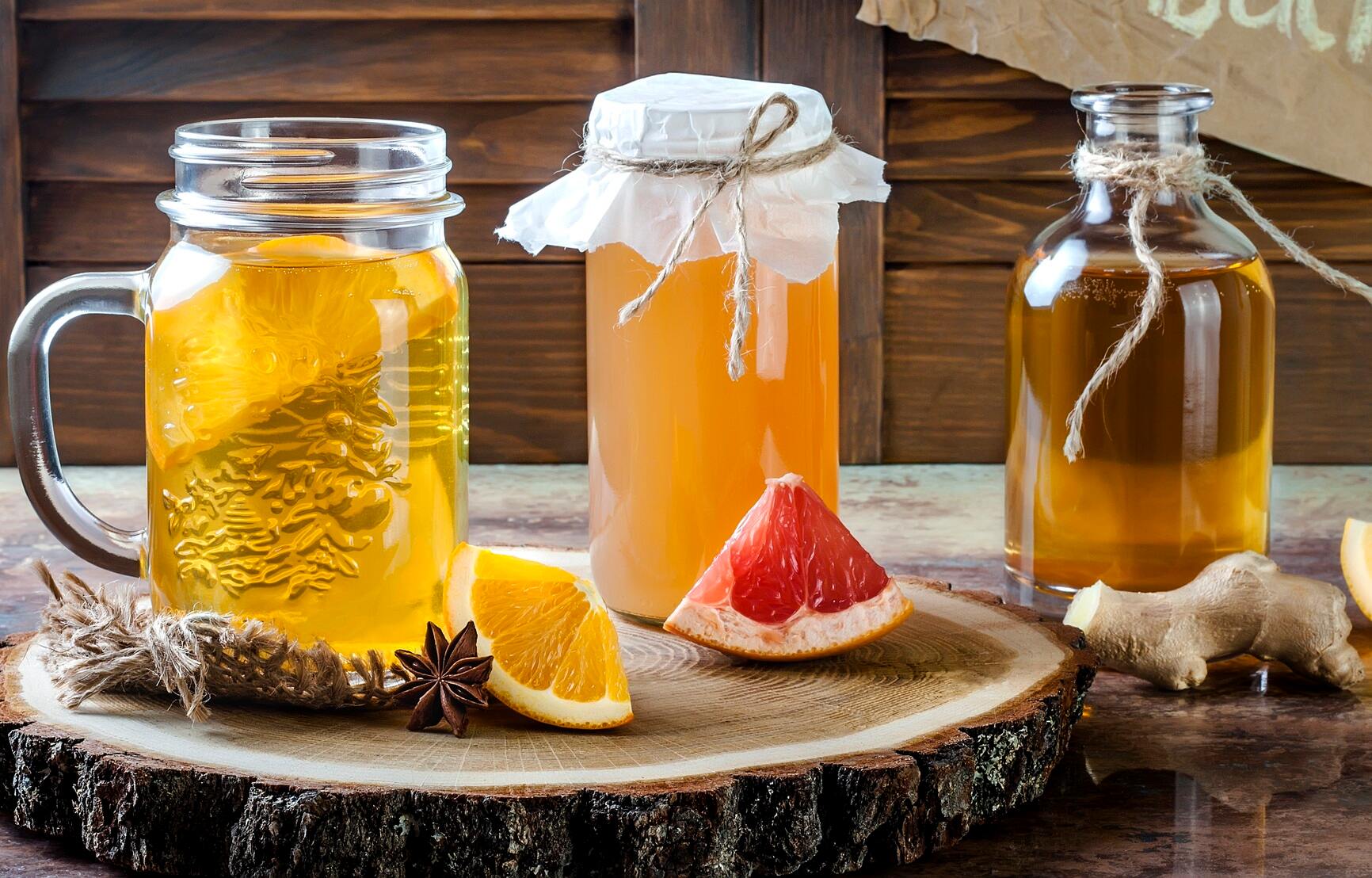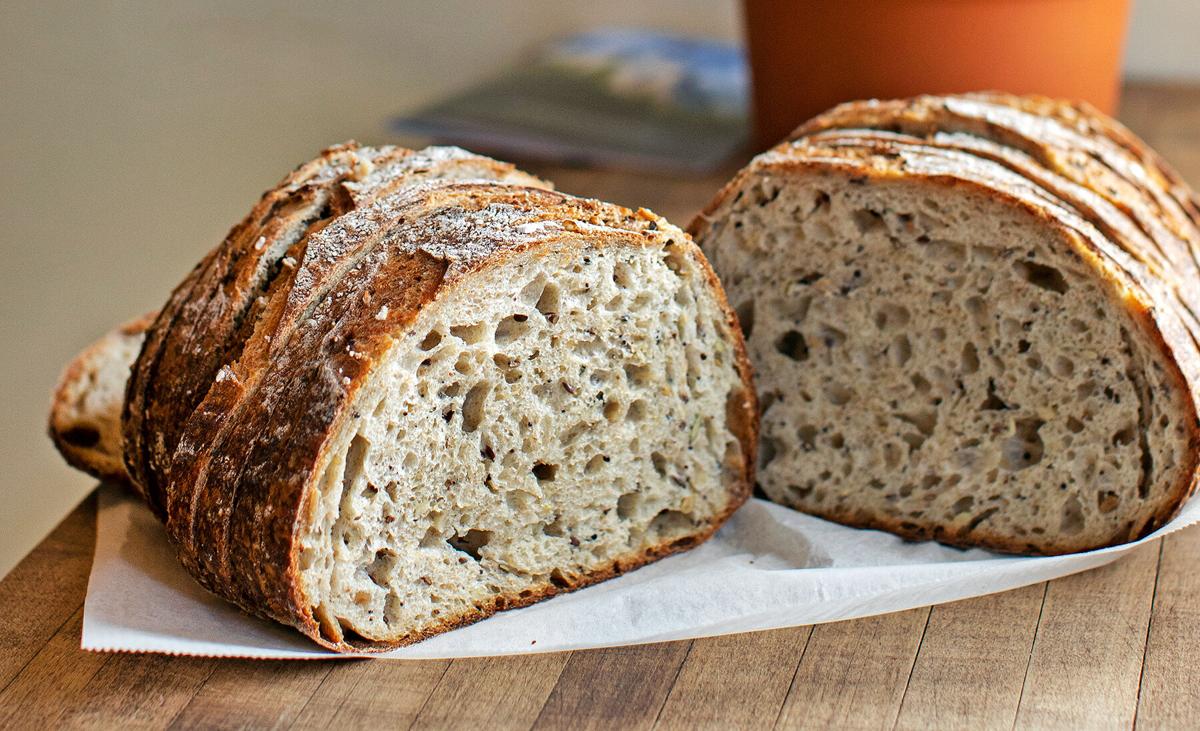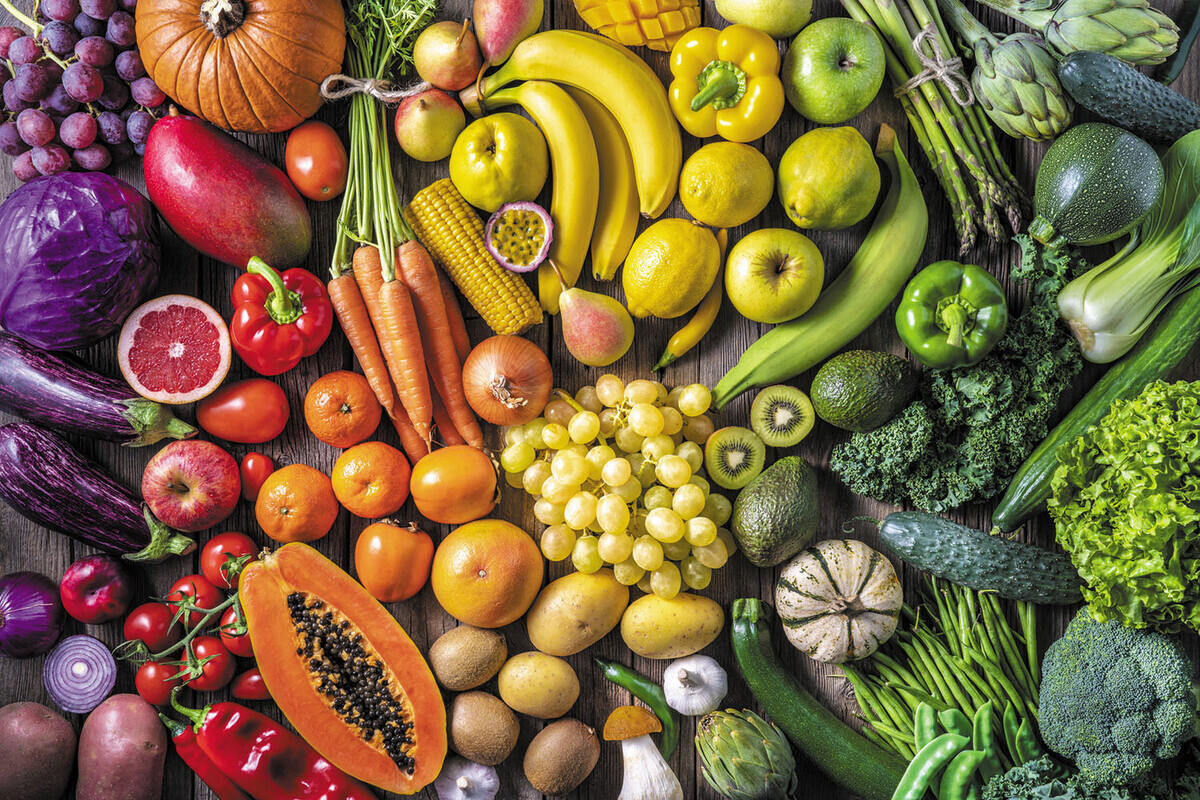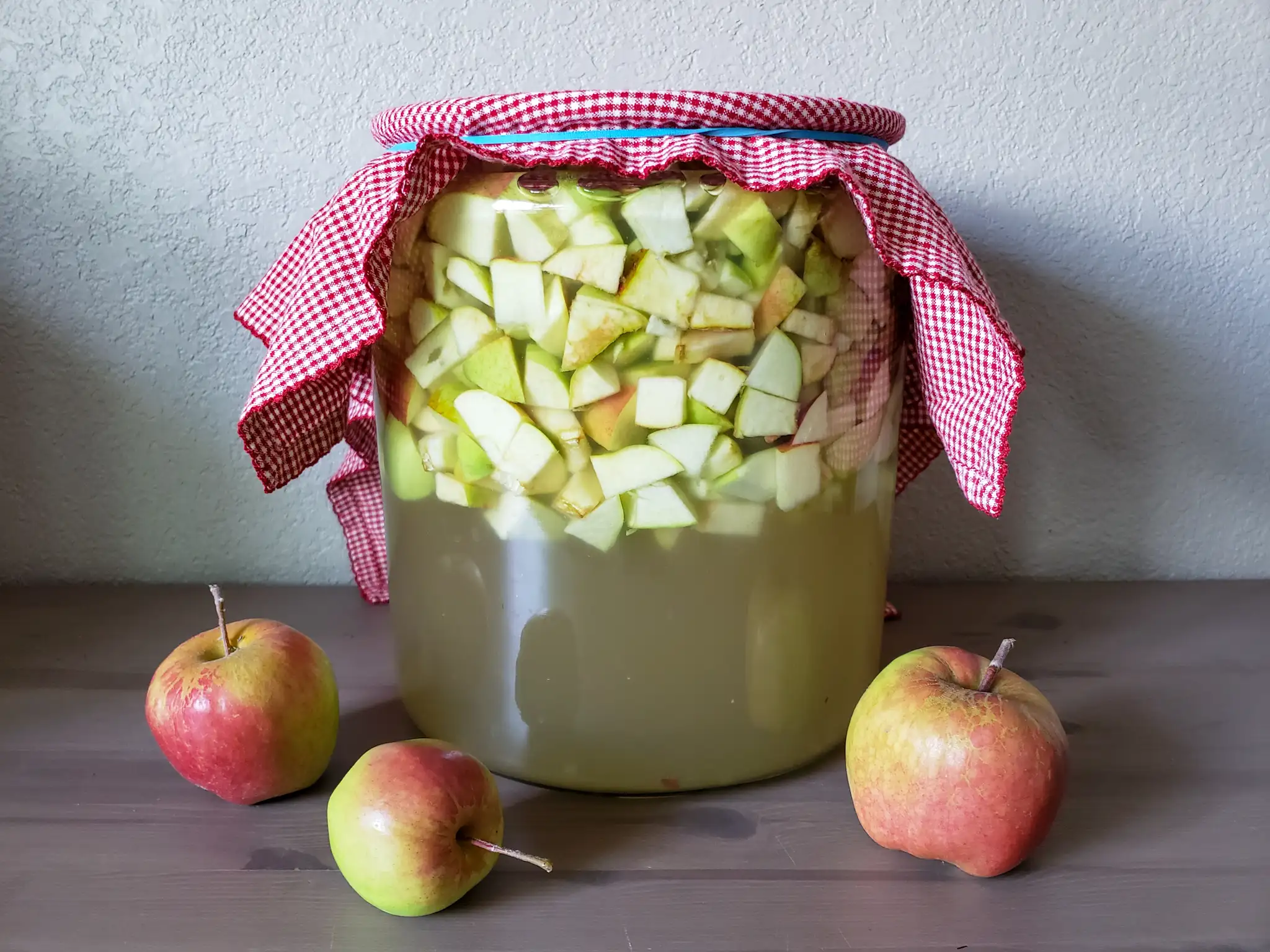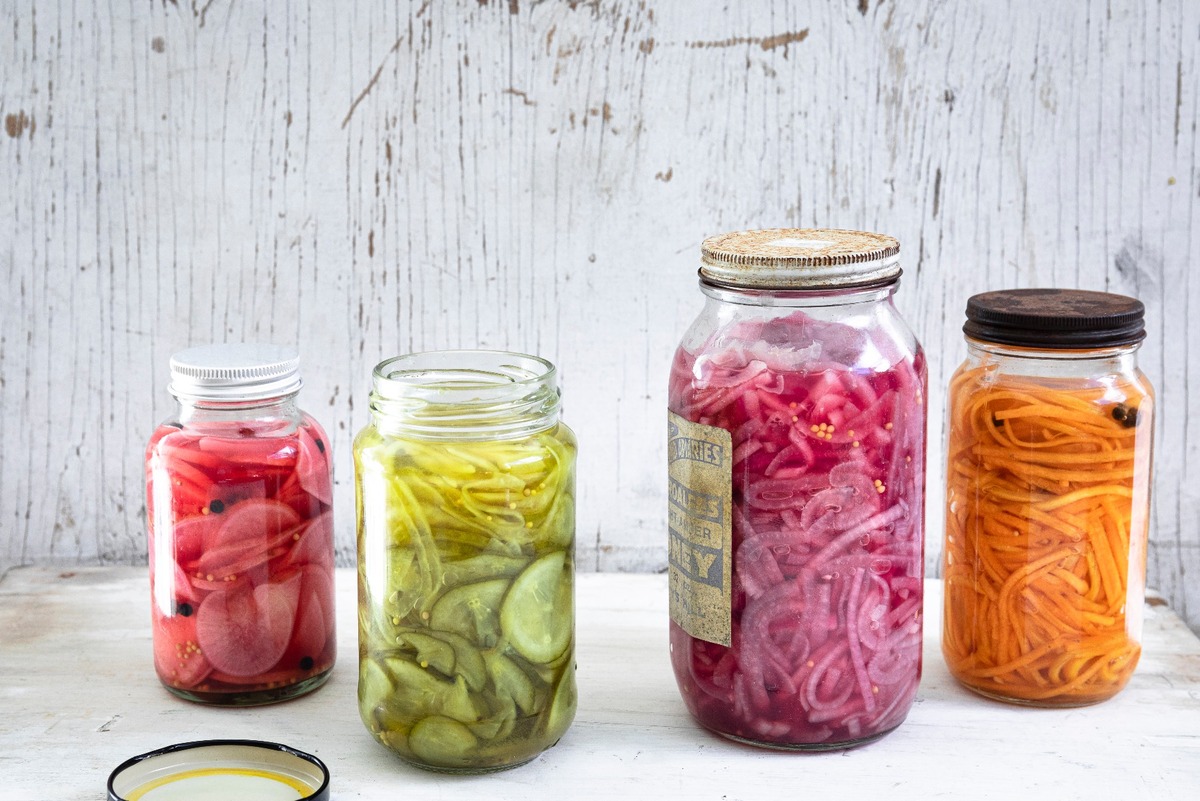Fermenting vegetables with salt water is a fantastic way to preserve and enhance their flavors. Not only does the fermentation process create delicious, tangy vegetables, but it also introduces beneficial probiotics that can support gut health. If you're new to fermenting veggies with salt water, don't worry – it's easier than you might think. Here's a simple guide to help you get started.
Choose Your Vegetables
Before you begin the fermentation process, you’ll need to select the vegetables you want to ferment. Cabbage, carrots, radishes, and cucumbers are popular choices, but feel free to experiment with other veggies as well. Make sure the vegetables are fresh and free from any signs of spoilage.
Prepare Your Equipment
For fermenting veggies with salt water, you’ll need a few basic supplies:
- A clean, large glass jar
- A small, clean glass jar that fits inside the larger jar
- A weight that fits inside the small jar to keep the vegetables submerged
- A clean cloth or coffee filter to cover the jars
- A rubber band to secure the cover
Prepare the Brine
The next step is to prepare the salt water brine. The brine acts as a preservative and creates the ideal environment for fermentation. To make the brine, dissolve 1 tablespoon of sea salt in 4 cups of filtered water. Make sure the salt is completely dissolved before using the brine.
Prepare the Vegetables
Wash the vegetables thoroughly and chop them into your desired size and shape. For cabbage, shredding works well, while carrots and radishes can be sliced into rounds or matchsticks. It’s important to chop the vegetables evenly to ensure they ferment at the same rate.
Combine the Vegetables and Brine
Place the chopped vegetables into the large glass jar. Pour the salt water brine over the vegetables, making sure they are completely submerged. Leave about an inch of space between the top of the brine and the top of the jar to allow room for fermentation. Place the small jar filled with water on top of the vegetables to keep them submerged.
Fermentation Process
Now comes the waiting game. Cover the jars with a clean cloth or coffee filter and secure it with a rubber band. This will allow air to flow while keeping out any debris. Place the jars in a cool, dark place and let the vegetables ferment for about 3-7 days. Check the jars every day to ensure the vegetables remain submerged and to monitor the fermentation process.
Enjoy Your Fermented Veggies
Once the fermentation process is complete, your veggies are ready to eat! Transfer them to a clean glass jar and store them in the refrigerator to slow down the fermentation process. Fermented vegetables can be enjoyed as a flavorful side dish, added to salads, or used as a topping for sandwiches and wraps.
Fermenting vegetables with salt water is a simple and rewarding process that allows you to create delicious, probiotic-rich foods at home. Experiment with different vegetables and seasonings to find your favorite flavor combinations, and enjoy the many health benefits that fermented veggies have to offer.
Was this page helpful?
Read Next: How To Ferment Vegetables With Yogurt
